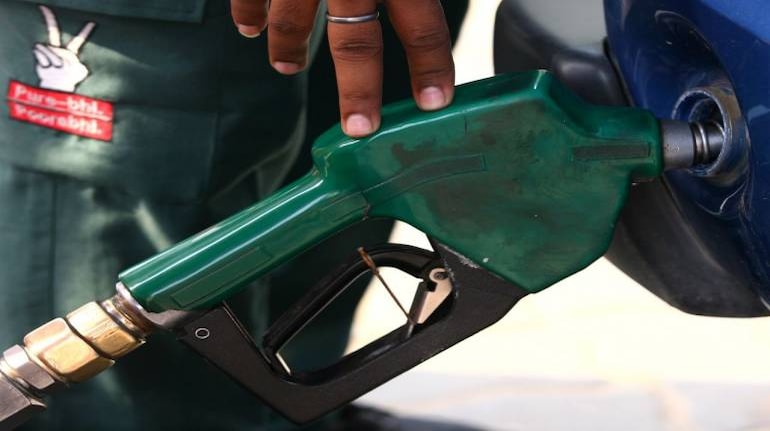



India's fuel consumption slumped by a record 50 percent in April as all petroleum products except LPG saw massive demand erosion following a nationwide lockdown halted economic activity and travel. According to provisional industry data for fuel consumption in the first half of April, petrol sales were down 64 percent, while diesel slumped by 61 percent.
Aviation turbine fuel (ATF) consumption collapsed by 94 percent as most airlines have stopped flying.
The only fuel that showed growth was LPG as the government dole of free cooking gas cylinders to poor households fired up consumption by 21 percent during April 1 to 15, the data showed.
Overall the decline in petroleum product sales was 50 percent, it said.
The data pertains to sales made by three public sector (PSU) oil marketing companies. Private firms such as Nayara Energy do not share mid-month sales trend and their numbers get reflected only in the monthly consumption numbers released by the oil ministry in the second week of every month.
Industry officials said this is the biggest ever drop in sales and the first data for the complete lockdown period.
March sales numbers were released last week but this included consumption in the pre-lockdown period as well.
Prime Minister Narendra Modi had announced a 21-day lockdown beginning March 25, shutting offices and factories, barring those involved in essential services. Also, flights were suspended, trains stopped plying, vehicles went off the road and cargo movement stopped as most people were asked to stay home to help check the spread of coronavirus.
The lockdown was earlier this week extended till May 3.
India had consumed 2.4 million tonnes of petrol and 7.3 million tonnes of diesel in April 2019. As much as 6,45,000 tonnes of ATF was used in that month last year.
In March 2020, the country's petroleum product consumption fell 17.79 percent to 16.08 million tonnes. Diesel, the most consumed fuel in the country, saw demand contract by 24.23 percent to 5.65 million tonnes. This is the biggest fall in diesel consumption the country has recorded as most trucks went off-road and railways stopped plying trains.
Petrol sales dropped 16.37 percent to 2.15 million tonnes, while ATF consumption fell 32.4 percent to 4,84,000 tonnes. However, LPG sales rose 1.9 percent to 2.3 million tonnes in March.
Officials said petrol and diesel consumption is likely to pick up in the second half of the month as the government has allowed trucks to ply as well as farmers and industries in rural areas to resume operations after April 20.
Besides inter and intra-state movement of goods traffic by road as well as rail, vehicles used by e-commerce operators will also be on-road from April 20.
Also, farming operations, as well as industries outside municipal limits, have also been allowed to operate from April 20. Besides, road construction and resumption of work on projects in industrial clusters have been allowed.
All these will involve fuel consumption, they said.
As part of a plan to exit the world's biggest lockdown and revive stalled economic activity, the government on Wednesday allowed makers of information technology hardware, farmers and industries in rural areas to resume operations after April 20.
Also read: In Charts | Economic impact of lockdown on Centre and states
From April 20, the government will lift restrictions on e-commerce companies, goods movement by roads and restart port and air cargo operations.
Factories beyond municipal limits, including those in the food processing industry, mining, packaging material, oil and gas exploration, and refineries will be allowed to operate. Road construction, irrigation projects, construction work and projects in industrial areas such as SEZ and EoUs will be allowed to function.
Follow our full coverage of the coronavirus pandemic here.
Discover the latest Business News, Sensex, and Nifty updates. Obtain Personal Finance insights, tax queries, and expert opinions on Moneycontrol or download the Moneycontrol App to stay updated!
Find the best of Al News in one place, specially curated for you every weekend.
Stay on top of the latest tech trends and biggest startup news.